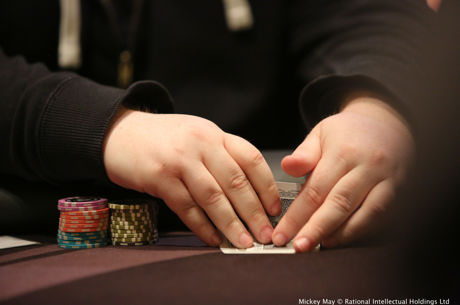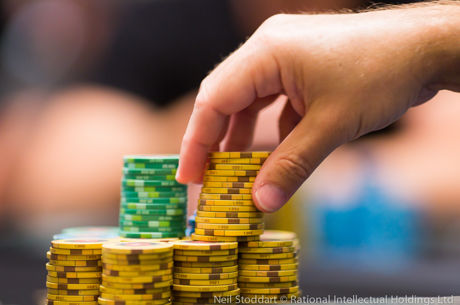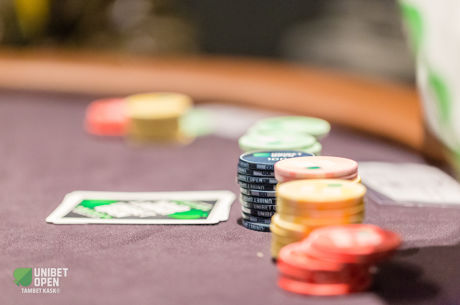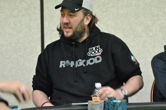Raising Your Awareness of Postflop Betting Sequences
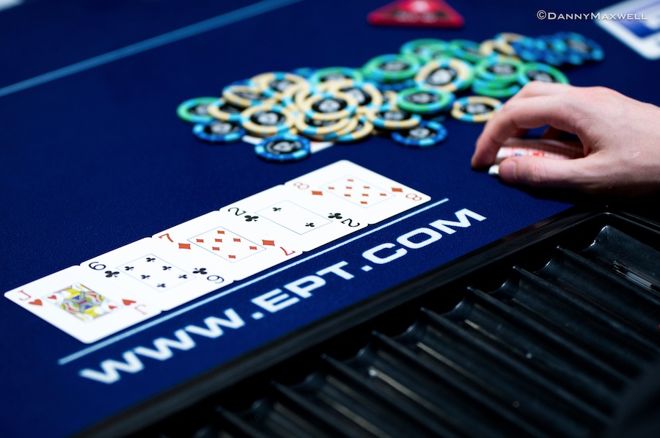
Play enough hands of no-limit hold'em and you start to recognize patterns — everywhere. In your own play, and in the play of your opponents.
Newer players start out focusing more on their own patterns than what others are doing, but eventually they begin to pick up on opponents' play as well — especially with regard to preflop decisions and actions. They'll notice who is raising before the flop and who isn't. Sometimes they'll pay attention to showdowns, too, and start making connections between the hands the preflop raisers are playing and the circumstances of their having raised (position, stack sizes, who is in the blinds, etc.).
Such players are also often very conscious of their own preflop patterns, remembering every instance of their having decided to open-raise, to reraise, to call raises and defend blinds, and so forth. They'll even use that information about their own image to help sway later decisions — for example, thinking "Since I raised this guy's big blind last orbit and he folded, I won't this time with my junk hand because he might be ready to play back at me."
Having such awareness is great, but for many players this kind of pattern recognition ends once the flop falls. They'll remember how such hands end, usually, but it's almost like there is a blind spot in their memory — they recall the beginning and the end, but the middle disappears.
Think about how players sometimes recount hands. I'm not referring to the most experienced, most accomplished pros who are masters at it, but how the less experienced, "average" player retells a hand. How many times have you heard someone be very clear about the preflop action, get a little fuzzy with details postflop, then become precise again at the showdown? (How many times have you done it?)
If you aren't paying close enough attention to recognize patterns in opponents' postflop play — or even in your own — you miss the chance to take advantage of that information when making postflop decisions.
This is a common flaw. It's also entirely forgivable. Often action on the flop, turn and river gets complicated, making it harder to remember with the same sort of specificity than it is to remember what happened preflop or how the showdown went.
For one thing, you're having to remember board cards. Bet sizes also become more complicated to recall, no longer simply being "2x" or "3x" the big blind but a percentage of the pot (something else to keep track of). Multi-way pots become even more difficult to recount.
A first step toward sharpening your awareness of postflop play and patterns is to focus on the betting action. When you can't retain every detail, try to remember the sequence of checks and bets players are following (including yourself). Then compare that sequence to other hands and decide if a pattern exists that can guide your decision-making.
To talk through an example, let's say you get involved in multiple hands versus an opponent, and in each case he's raised from late position and you've defended your big blind with calls.
Over the course of a few hands you've shown a tendency to check-fold or check-call postflop streets on each occasion. You've demonstrated a pattern, and by now you might reasonably keep in mind that your opponent is going to expect you to keep on checking in future hands you play. That's one useful bit of information you can use to your advantage — perhaps a check-raise will be in order the next time you make a strong hand.
Meanwhile your opponent has varied his play somewhat. He's bet some flops and checked others. He's additionally bet the turn a little less frequently, though rarely has done so after checking the flop. And he's only bet the river once, for value with a big hand (as it turned out).
In order to use this information productively, start matching board textures with your opponent's betting action. For instance, is he betting flops and turns on "dry" unconnected boards and checking the "wet" ones? Also, in hands that go to showdown, track how those postflop betting sequences — bet-check-check, bet-bet-check, etc. — compare not just to his preflop hand strength, but to his postflop hand strength as well.
Paying attention in this way, you realize that what on the surface seems like a varied style from your opponent actually follows a simple pattern — he's betting when he hits boards and checking when he doesn't. Now when he checks behind you on a flop, you might starting leading the turn. You might also reconsider check-raising without something especially strong (or as a bluff).
Focusing on postflop betting sequences is a great first step toward building a better awareness of all of the other details that make hands complicated to remember, since you can associate those details with the betting patterns. As always, pay attention to your opponents in hands you have folded, too, as doing so can help you pick up on others' patterns much more quickly.
However you go about it, work on improving your postflop information-gathering, as that will enable you to get more adept at recognizing these postflop patterns and exploiting those patterns to your advantage. That's not even mentioning how it will also make you better with details when recounting hands afterwards.

